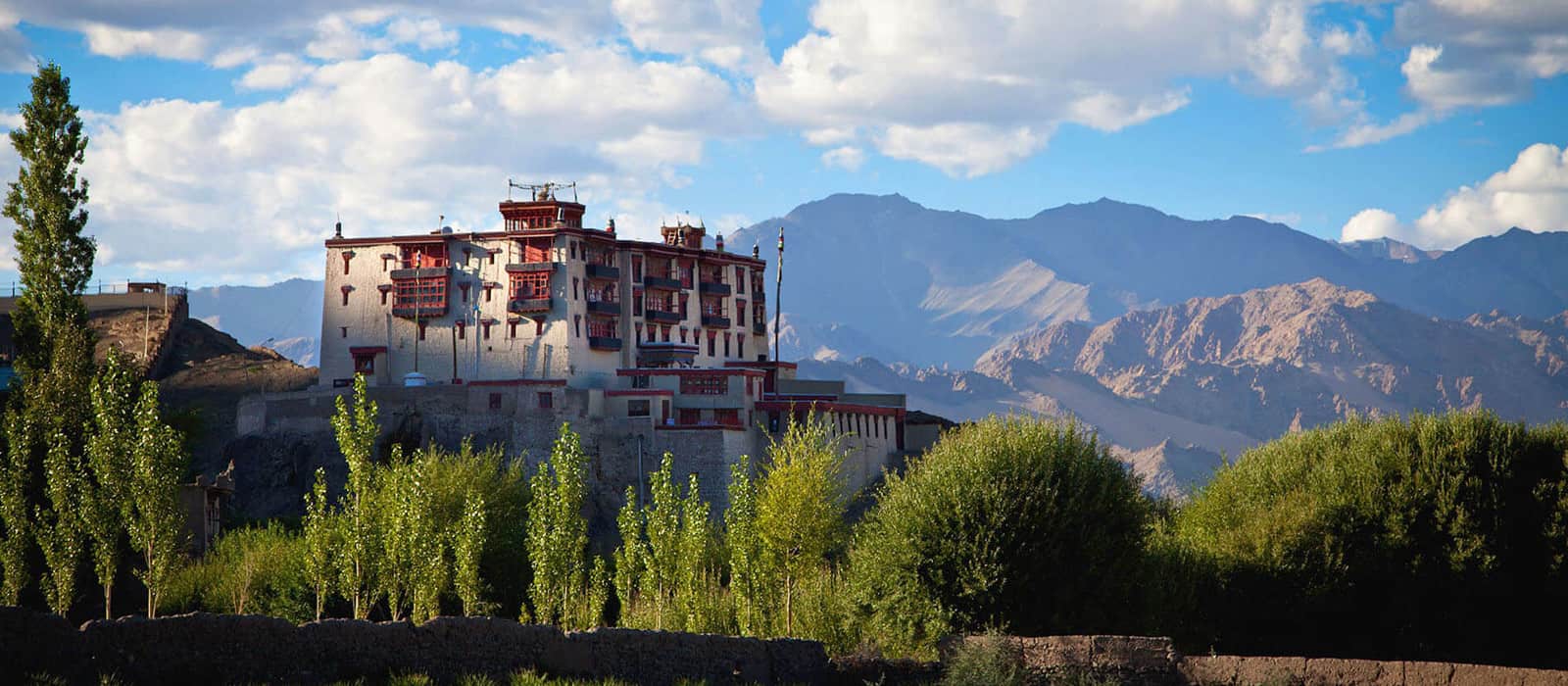TRAVEL
Shey and Stok palace in Ladakh

With its roots deep in history, Ladakh is a preferred destination for tourists who want to know a culture closely. Ladakh that traces its history back to the first century has a rich culture and tradition that has been kept alive by its people. However, Ladakh’s history is often defined by the religion practiced by the people which was Buddhism and Islam.
As seen all over the world, religion greatly influences the culture of an entire community, nation or region of the world. This holds true for Ladakh that was often the subject of interest of rulers from Tibet, kingdoms from Central Asia such as Baltistan, etc. Also, Ladakh was a kingdom greatly coveted by other kingdoms due to the strategic importance as Ladakh was an important transit point for traders on the Silk Route, an ancient trade route linking China with the West.
However, there is no doubt about Ladakh’s rich heritage and centuries-old culture. As mentioned before, Ladakh’s rich culture and heritage reflected in the monasteries, stupas, and mani walls that are scattered all over the region, especially in the Leh district.
Therefore, cultural tours are a great medium to understand the unique culture and heritage of Ladakh closely.
Shey Monastery & Palace
Shey, located 20 minutes’ drive from the Leh market, is home to one of the most famous monuments of Ladakh. It was the old capital of the upper Ladakh region. The Shey Gompa and the Shey Palace hold a special place in the heart of the people of Ladakh. The Shey Palace was built by King Deldan Namgyal in the memory of his father Singge Namgyal, the most famous king of Ladakh, in 1655. It is said that the original palace (or Khar in Ladakhi), now in ruins, was built near the Shey village by Lha-Chen Palgi-gon, who was the king of erstwhile Maryul (now called Ladakh), in the 10th century.
According to the historians, the Namgyals (the famous dynasty that ruled Ladakh for close to four centuries) abandoned the Shey Palace and fled to Stok when the Dogras of Jammu invaded Ladakh in 1841.
Shey monastery is famous for its gigantic statue of Shakyamuni Buddha made of copper and gold. The statue is said to be the second-largest statue in the region.
The majestic Shey Palace dominating the Indus River is a wonderful sight to behold and it attracts many photographers due to its scenic beauty. Ladakhi people visit Shey gompa in large numbers during the monastery festival.
Stok Palace
As mentioned earlier, when the Dogras invaded the Shey Palace, the Namgyals fled to Stok and made it their permanent residence. Situated on the other side of the Indus River, the Stok Palace was built by King Tsepel Namgyal in 1820.
Situated at a distance of 15 km to the south of Leh, the Stok Palace is one of the major attractions for tourists. Perched atop a small hill, the Stok Palace is a mini version of the Leh Palace. Although the Namgyal dynasty ceased to exist after the Dogra invaded Ladakh, Stok is still a living palace and the home to King Jigmet Wangchuk Namgyal, who is still held in high regards by the people of Ladakh.
The Stok Palace was the summer home of the royals. It has a few rooms displaying family treasures, including the king’s and queen’s royal Ladakhi costumes.
The Stok Palace, that was renovated and restored, has been turned into a heritage hotel by the King. It has four suites, a royal suite and the queen’s bedroom; it provides to the guest a unique experience of Ladakhi traditions.
Harper Harrison is a reporter for The Hear UP. Harper got an internship at the NPR and worked as a reporter and producer. harper has also worked as a reporter for the Medium. Harper covers health and science for The Hear UP.










